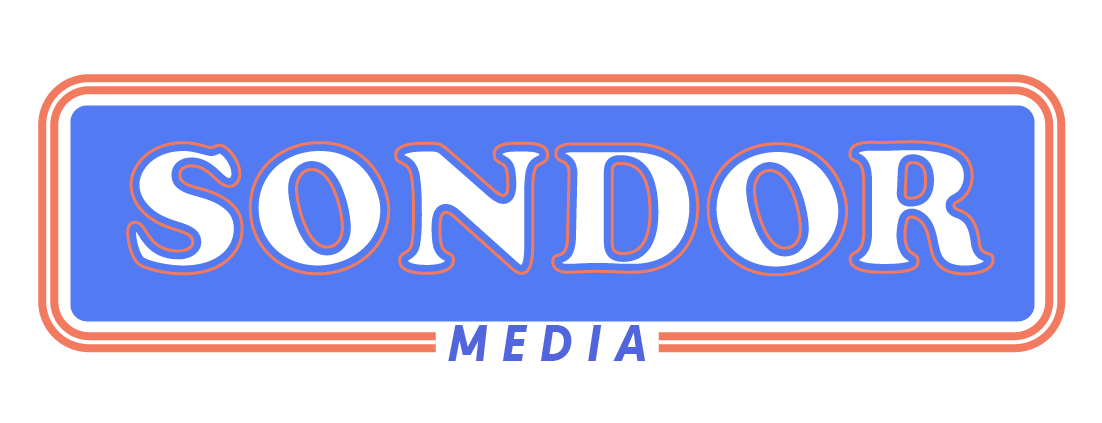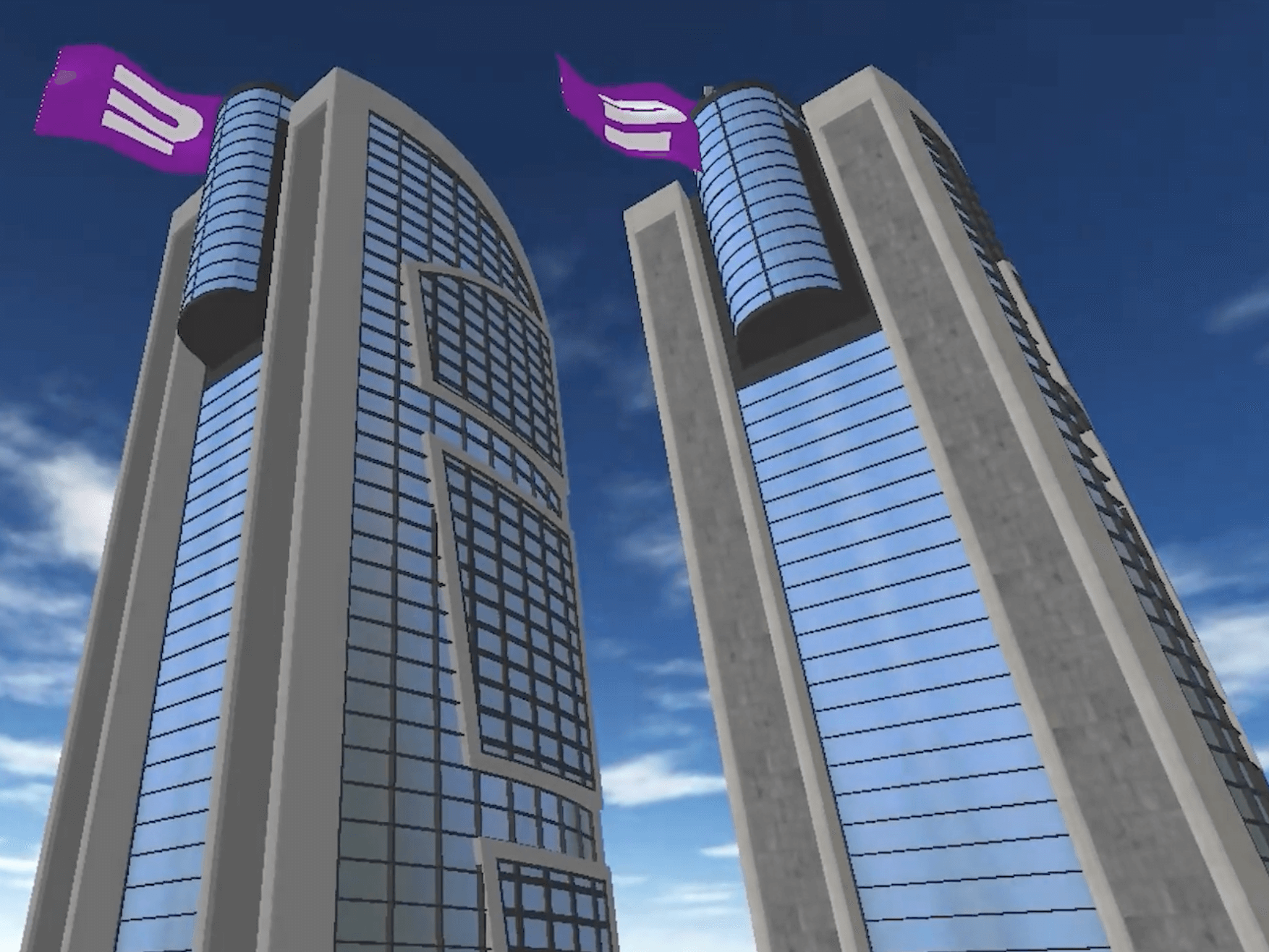Objective
When Truevan first approached us, they were in a position where they needed to establish their own brand equity online. Over 18 months, they had grown their conversion van business into a seven-figure venture, relying heavily on a single sponsored YouTube video and a few hundred dollars in Facebook ads. However, they realized it was time to build a unique identity in the crowded West Coast conversion van market.
TrueVan hired an influencer to create a van tour video, which went viral. This single video catapulted the company from the founder’s driveway to a large warehouse space in Montclair, California—an astounding achievement driven by one sponsored video.
Despite this success, TrueVan faced a significant issue: they didn’t own that success. They had rented the influencer’s reach for a fee, and while it helped establish their business, it didn’t build any lasting brand equity for themselves. There was no strategic way to capture the attention of the 1 million viewers the video attracted. After the initial surge of interest in the summer, there was no system in place to nurture this wave of attention.
At the time, TrueVan’s online presence consisted solely of that single YouTube video and a product page selling a $200,000 recreational vehicle. While this was enough to sustain the company temporarily, it left millions of potential dollars untapped, as interested viewers had nothing else to engage with over the subsequent months and years.
We recognized that creating a comprehensive video archive with general information about their vans would significantly enhance the company's credibility. However, we also knew that simply adding content wasn't enough. We needed to go a step further to establish TrueVan's brand presence in the market.
Phase 1: Strategy
The first phase of our project with Truevan focused on defining the brand’s public image through a strategic content plan. We used our proprietary framework, The Blueprint, to develop a custom strategy, involving collaboration with the executive team and research into industry trends and competitors.
Key Differentiators
Our research identified three key differentiators for Truevan:
7-Day Off-Grid Capabilities: Truevan leads the market with 1,700 amp hours of battery power, more than double the nearest competitor, proving their off-grid capabilities.
Unique Division of Space: Truevan is the only camper van company with a room divider for privacy, offering a unique feature that impresses customers.
Rapid Delivery: Truevan delivers custom vans in 4-6 weeks, far below the industry average of six months, showcasing unmatched efficiency.
Communicating Value
Before working with us, potential customers often overlooked the benefits of Truevan’s features due to their price point. Our mission was to create visual guides that highlighted the real-life advantages of these features, helping customers appreciate their value and justify the investment.
Customer Avatars and Messaging
We developed three customer avatars, each representing a typical Truevan buyer, with detailed profiles that included their backgrounds, interests, and purchasing behaviors. These avatars mirrored Truevan’s actual customer base, allowing us to tailor messaging that resonated with them. By shifting Truevan’s communication strategy to align with these avatars, we created more meaningful connections with potential buyers.
Brand Positioning
Initially, Truevan aimed to attract customers with a budget-friendly entry point, but our analysis showed this deterred their ideal audience, who valued quality and experience. We recommended focusing on the Mercedes Benz model van, as their custom components aligned best with this brand. Expanding to other models like Dodge and Ford would dilute Truevan’s unique identity of high-performance, a finding supported by our competitor analysis.
Phase 2: Content Creation
We produced a comprehensive library of content for Truevan, ranging from educational to entertainment, tailored to different stages of the buyer's journey. Our content varied in tone and style, addressing prospects based on where they were within the decision-making progress.
Strategic Approach to Short-Form Content
While our research showed that short-form videos were not effective for Truevan’s target audience, we still produced them to bolster Truevan's social media presence. This consistent activity, even if unlikely to drive direct sales, enhanced the brand's credibility and reassured potential buyers of Truevan’s legitimacy as a company.
Impactful Long-Form Content
The real impact came from our long-form videos, which were tailored to the specific interests and needs of the customer avatars we created for Truevan. These videos didn't aim for viral success but focused on addressing the key concerns, and interests of the intended audience.
Our content varied from polished, professional videos to more casual, "home movie" style clips. For example, we created a high-quality brand story video as the first point of contact for new prospects visiting the website. This video established a professional image aligned with the buyers' expectations.
We intentionally used a more casual, personal style for some videos, making them feel like a conversation with a friend. High production values can sometimes decrease trust, and we were specific on how we wanted each video to feel for the viewer. This approach aligned with Truevan's family-owned business vibe, highlighting their father-and-son dynamic. Their quirky characteristics added charm and helped potential buyers feel comfortable choosing Truevan over competitors.
Outcomes
Truevan experienced a significant decline in web traffic, with a 70-90% dip from the influencer-driven summer of 2022 to the summer of 2023. However, despite this reduction in site visits, their sales continued to increase. This indicates a shift in the quality of engagement rather than quantity.
Truevan's Facebook ads already had a solid click-through rate of 10% prior to our involvement. However, during our collaboration, these ads began converting significantly more sales. This improvement suggests that our efforts in developing deep content funnels allowed prospective buyers to engage more deeply with the brand, building trust and encouraging further inquiries.
Truevan doubled their sales compared to the year prior during this period, and successfully pre-sold vans further in advance than ever before. Additionally, they sold out their existing inventory, which included over five vans available for immediate purchase.
Truevan eventually transitioned from building custom vans to focusing on their innovative components, creating a new company, Rhino Van. This strategic pivot allowed them to avoid risky capital investments in their camper van business. Instead, they expanded their reach by selling custom-invented components to other camper van companies, effectively impacting a wider audience within the van-life community.







